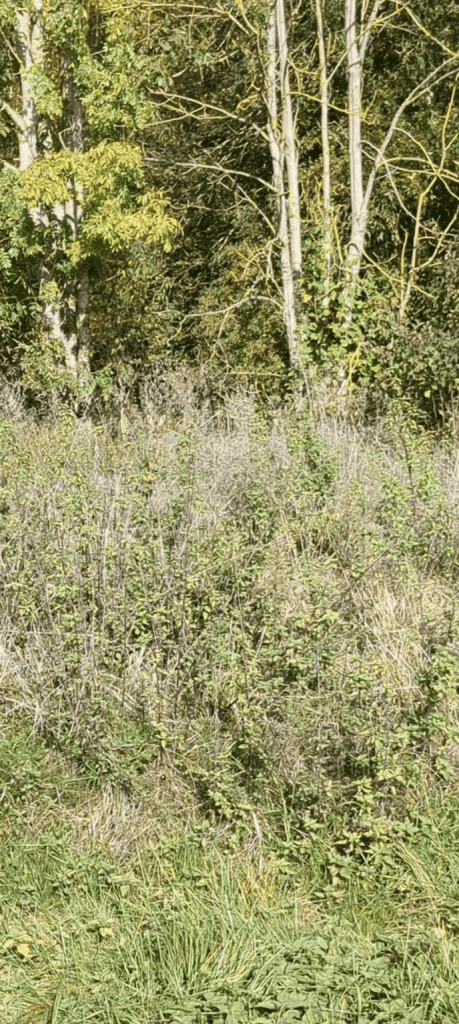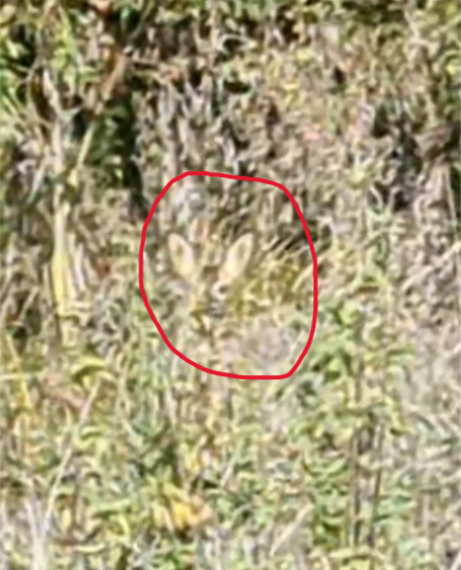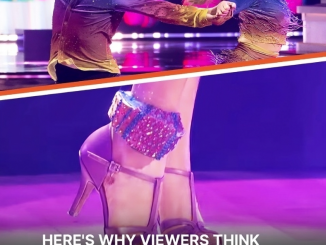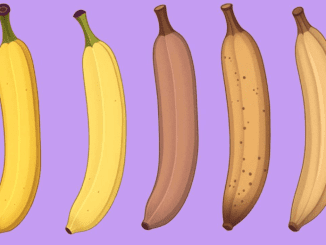The internet is buzzing with brain-teasing challenges, but one visual puzzle has everyone hooked. The challenge? Finding a cleverly camouflaged deer hidden within a dense forest image. People are calling it the “ultimate test of visual acuity,” claiming that only those with the “vision of a sniper” can spot the hidden animal. Are you up for the challenge? Let’s dive into this tricky visual puzzle and see if you can find the elusive deer hiding among the trees.

Why Is This Puzzle So Challenging?
Hidden-object puzzles, like this one, are more than just a test of sharp eyesight. They challenge your ability to pick out shapes and patterns that blend seamlessly into the background. This particular image features a dense forest scene filled with trees, branches, and foliage—perfect camouflage for a deer trying to stay hidden. It’s easy to be deceived by the varied colors, shadows, and textures that fill the frame. Even though the deer is there, its natural coloring makes it almost invisible at first glance.
Step-by-Step Guide to Finding the Hidden Deer
If you haven’t found the deer yet, don’t worry! Here’s a step-by-step guide to help you increase your chances of spotting it:
Step 1: Take a Broad Look at the Image
Start by taking a wide-angle view of the entire image. Try to get a sense of the overall layout, noting the distribution of leaves, branches, and other natural elements. This broad overview helps you understand the general environment and identify areas where the deer might be hiding.
Step 2: Look for Irregular Patterns
Once you have an idea of the general layout, begin scanning the image for irregularities. The deer’s body, head, or antlers may break the natural flow of the surrounding environment. Look for anything that seems out of place—a slight shift in texture, an unusual shadow, or a distinct shape that interrupts the pattern of leaves and branches.
Step 3: Use Peripheral Vision
Try using your peripheral vision to detect unusual shapes. While this might sound odd, the human eye is often better at picking up movement and irregular patterns out of the corner of your vision. Look slightly away from the center of the image, and you might catch a glimpse of the hidden deer.
Step 4: Focus on Color Variations
Camouflage is all about blending in, but there are always slight color differences. Look for areas where the color shifts from one shade of green or brown to another. The deer’s coat will blend with the foliage, but it won’t match perfectly. These subtle color variations can help you spot the deer’s outline.
Step 5: Zoom In for a Closer Look
If you’re still having trouble finding the deer, try zooming in on the image. Break the image into sections and carefully examine each one. Look for the shape of an ear, the glint of an eye, or the curve of a back peeking out from behind a branch.
Found It? Here’s the Solution!

The deer is cleverly hidden among the tall grass and bushes in the lower center portion of the image. If you look closely, you’ll spot its head, with ears sticking out and eyes peering directly at the camera. Its coat matches the surrounding foliage almost perfectly, making it an excellent example of natural camouflage. Did you find it on your own? If so, congratulations! You’ve got a sharp eye and might just have the vision of a sniper.
Your Turn: How Did You Do?
Did you manage to spot the deer? How long did it take you? Share your experience in the comments below! If you’re still struggling to find it, don’t be discouraged—this kind of visual challenge is meant to be difficult. It’s all about patience, practice, and attention to detail. The more puzzles like this you tackle, the better your visual skills will become.
Conclusion: Keep Your Observation Skills Sharp
The hidden deer puzzle is a fun yet challenging test of your observation skills. It’s designed to make you slow down, pay attention to details, and appreciate the power of natural camouflage. Whether you found the deer right away or had to work at it for a while, remember that puzzles like this are a great way to keep your brain active and engaged.
So, the next time you come across a hidden-object challenge, dive in and see what you can spot. Keep practicing, and you might just develop the “vision of a sniper” yourself!


